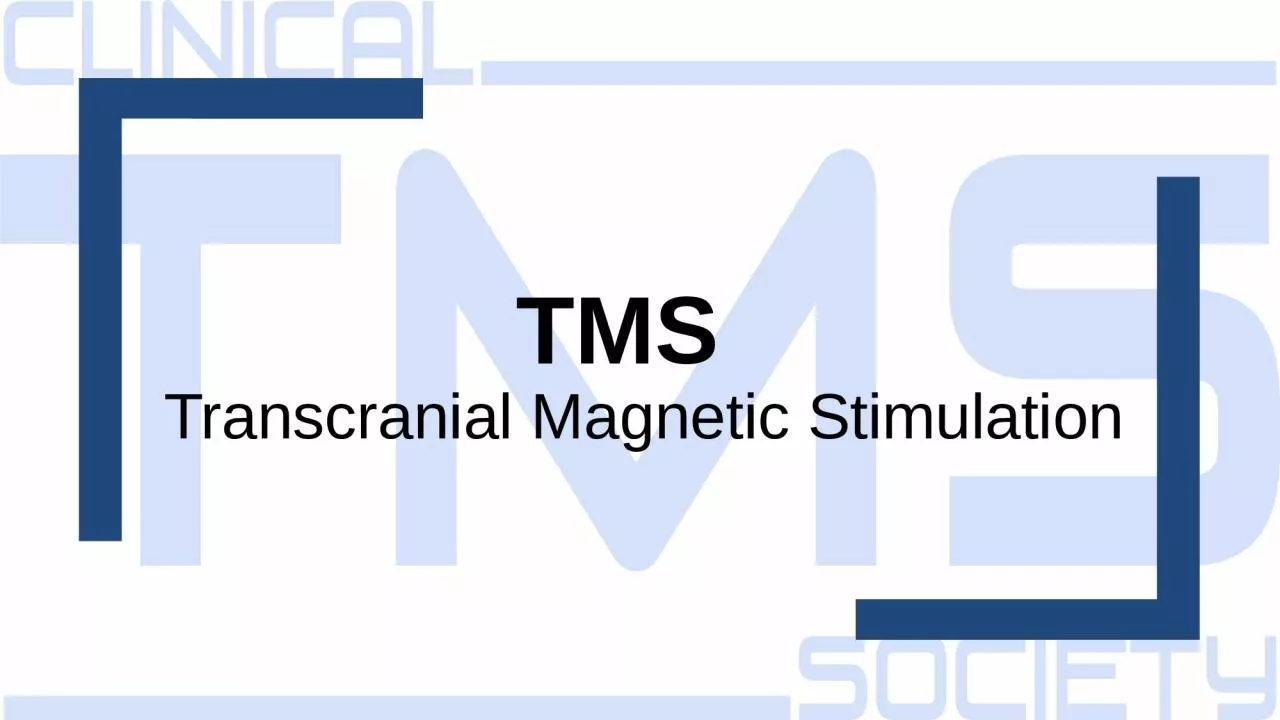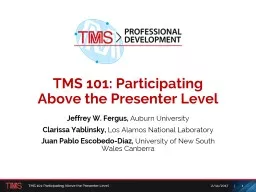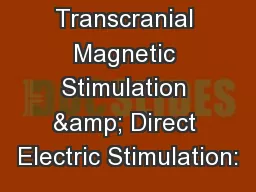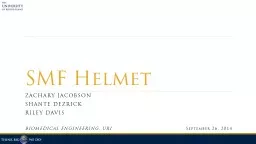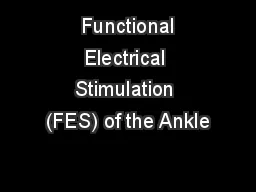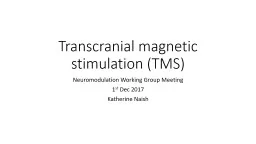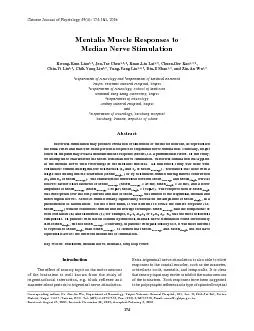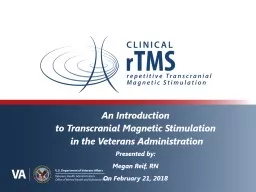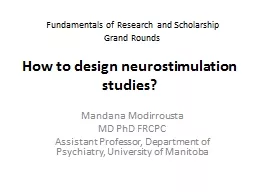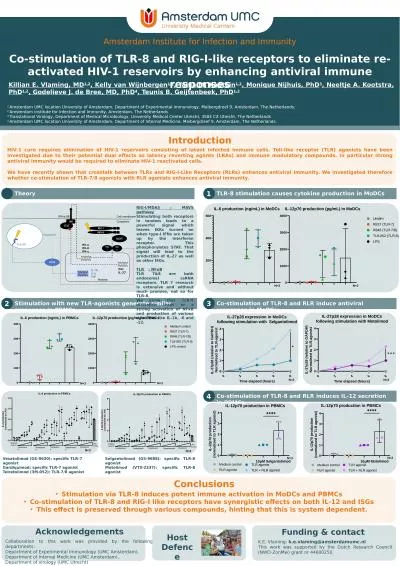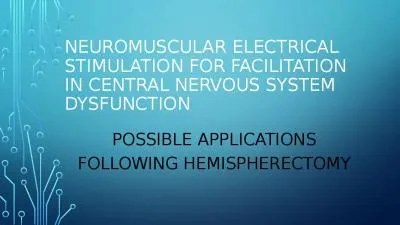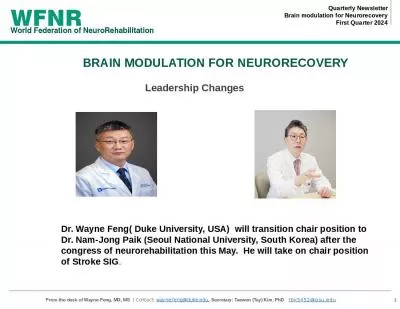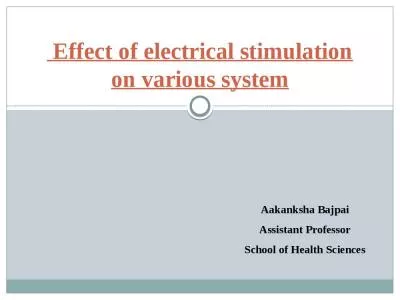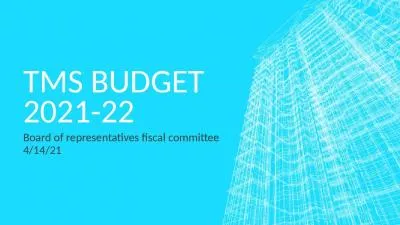PPT-TMS Transcranial Magnetic Stimulation
Author : hanah | Published Date : 2022-06-14
TMS is a noninvasive procedure using an electromagnetic coil The coils generate repetitive changing magnetic fields which create an electric field The activity
Presentation Embed Code
Download Presentation
Download Presentation The PPT/PDF document "TMS Transcranial Magnetic Stimulation" is the property of its rightful owner. Permission is granted to download and print the materials on this website for personal, non-commercial use only, and to display it on your personal computer provided you do not modify the materials and that you retain all copyright notices contained in the materials. By downloading content from our website, you accept the terms of this agreement.
TMS Transcranial Magnetic Stimulation: Transcript
Download Rules Of Document
"TMS Transcranial Magnetic Stimulation"The content belongs to its owner. You may download and print it for personal use, without modification, and keep all copyright notices. By downloading, you agree to these terms.
Related Documents

